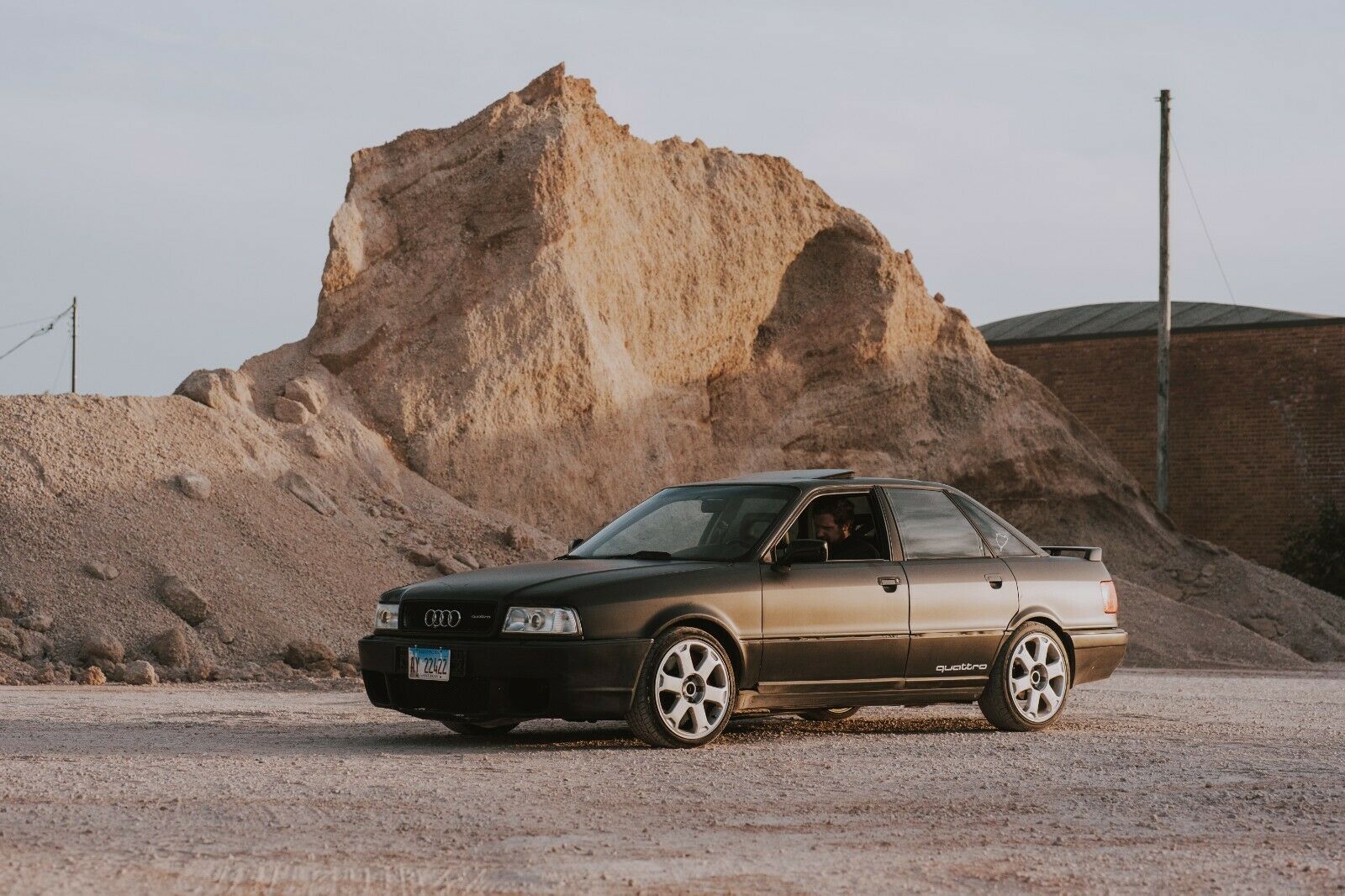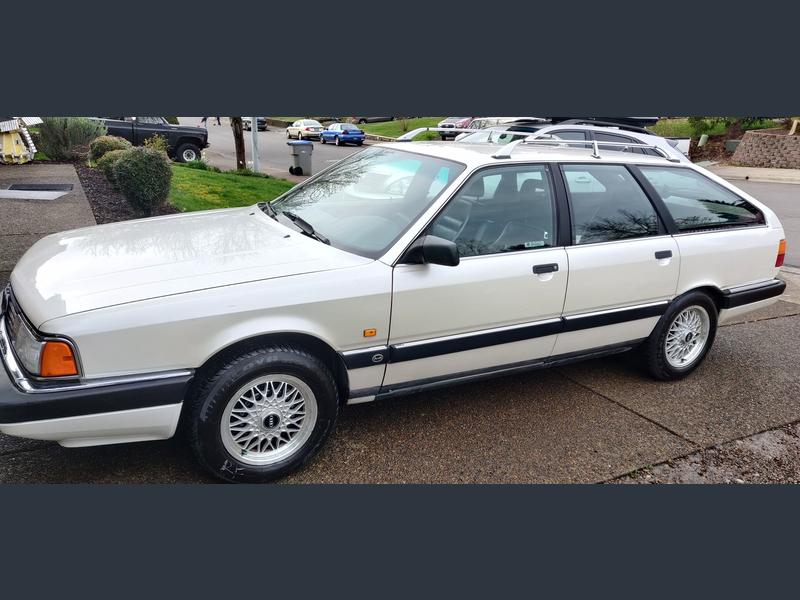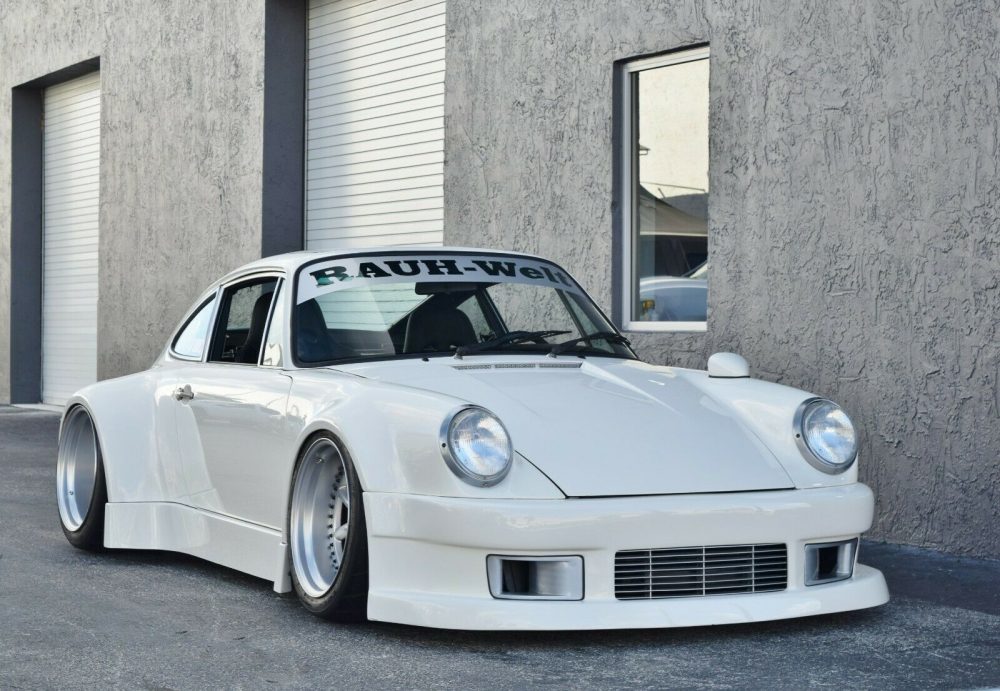Singer Vehicle Design burst onto the air-cooled scene the best part of a decade ago, and they show little sign of relinquishing the crown of champion of the backdates. Indeed, calling a Singer a ‘backdate’ almost seems to be an affront – they so thoroughly re-engineer the vehicle that the results seem to reside in their own genre. Singer has continuously redefined that genre and its own limits, with its bespoke creations demanding attention with their authority and high price tags as a result.So I’ll start off by saying that I was a bit surprised to come across a Singer for sale. There are a few reasons for this; there’s still a fairly sizable wait for one, and they’re not cheap to buy to start with – ranging from half a million to triple or more depending on the level of detail you want. Yet here we are, and this one seems fitting of a Christmas wish:
Tag: 1991
The 1991-1992 GTI followed the same basic recipe as the 1987 model the double-overhead cam motor was introduced in, but everything was turned up a few notches. Starting in the mid-1990 model year, all US bound A2s received the ‘big bumper’ treatment; new smooth aerodynamic covers front and rear. To help to differentiate it a bit, the GTI’s blackened arches were widened. Filling those arches were new 15″ wheels from BBS. The multi-piece RMs were lightweight and the perfect fit for the design, echoing other contemporary class-leading sports cars such as the M3. Volkswagen color-coded the mirrors and rear spoiler to match the car, as well. VW also gave the GTI a fresh face with more illumination; quad round lights filled the grill, and foglights were integrated into the lower bumper. Prominent GTI 16V badges still encircled the car.
Power was up to match the heightened looks. Now with 2.0 liters of twin-cam fun, the GTI produced 134 horsepower at 5,800 RPMs and 133 lb. ft of torque at 4,400 RPMs. Coupled to the close-ratio 5-speed manual, that was good enough to drop 0-60 times below 8 seconds. That may not sound like much today, but at the time it was another league of performance compared to the typical economy car. Holding you in place were the same heavily-bolstered Recaros that special editions like the ‘Helios’ 1989 Jetta GLI Wolfsburg had enjoyed.
It was a recipe for success, but these cars were also relatively expensive in period, and fell into the global recession time frame which affected sales of nearly all European marques drastically. The general consensus is that around 5,000 of the last of these GTIs were imported, putting their rarity on the level of the M3. But because they weren’t M3s, there are far less around today to enjoy and few turn up in stock configuration for a myriad of reasons. This example has not been spared that fate, but it still looks worth consideration:
CLICK FOR DETAILS: 1991 Volkswagen GTI 16V on eBay
1 CommentEveryone talks a good game, but let’s be honest – few undertake the heavy lifting involved with a project car. I’ve certainly been guilty of it more than once, having had a Coupe GT racecar that I just couldn’t quite come up with the resources to get together. Then I was going to drop my spare Audi 4.2 V8 into a derelict 924 chassis that was kicking around. I still think that’s a good idea, but it has not occurred. And I’m not alone, judging by how often ‘project’ cars come up for sale.
One of the more prevalent dreams in the Audi swaps is to recreate what Europeans had the advantage of all along – 20V turbo power in the small chassis. While most take the Coupe Quattro route for their swap, some go the unusual route of choosing an 80 or 90 quattro. They’re not as popular for a few reasons – mostly, the sedan platform doesn’t look as neat to some, but another reason is that tire size is more limited on the sedan. But let’s not forget that Audi built about 300 S2 sedans themselves, so it’s not without precedent.
Today’s car has taken inspiration from that and done the heavy lifting for your project already. So is it the car for you?
CLICK FOR DETAILS: 1991 Audi 90 quattro 20V Turbo on eBay
2 CommentsOh boy.
It was bound to happen. Everyone’s favorite “love them or hate them” Porsche tuner, RAUH-Welt BEGRIFF (RWB), has suddenly been pumping out a ton of builds over the last few years thanks to the magic of the internet. These cars are extremely divisive in the car community as some think they are rolling art, while others think they are all show and zero go, along with the fact is it literally cutting up clean Porsches. The formula is pretty straightforward on the builds, as you contact Akira Nakai, give him a giant pile of money, a 911, and enough beer and cigarettes to get him through the process, and he gives you a one-of-kind car that will never be overlooked. Some builds are pretty tame like this backdated G-body, while others go really wild like this 993. Either way, these cars are not for the purists.
Naturally, when things get popular organically, companies want to jump in and try to capitalize. This is exactly what went on with the build we are looking at today with a 1991 964 that was commissioned by a video game maker Electronic Arts for their Need For Speed series. Just as a side bar, I grew up addicted to the Need For Speed games, especially Need for Speed III: Hot Pursuit and Need for Speed: Porsche Unleashed and can directly correlate some bad grades on report cards because I was playing those games instead of studying. Although look at me now; we all have spell check and I write about cars for a living. Back on track, this 964 was built in the typical wild JDM style we are used to seeing, but also had some help from some other builders. Electronic Arts also reached out to Magnus Walker for the styling and Bisimoto Engineering for drivetrain. They must have been writing some pretty big checks for this one.







